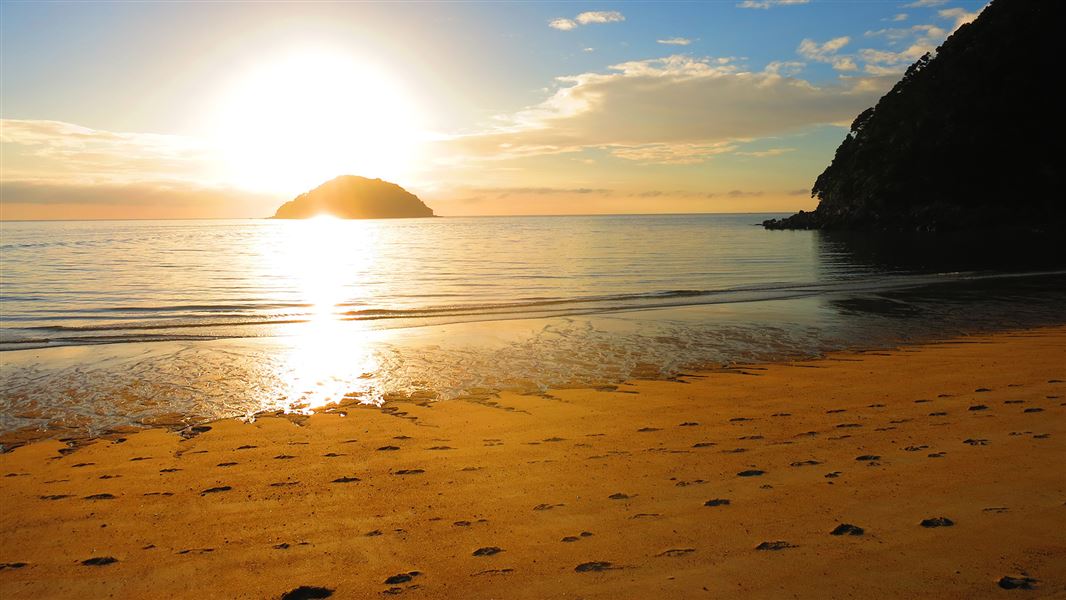Tonga Island Marine Reserve is known for its crystal-clear water and thriving marine ecosystem. New Zealand fur seals breed all along the rocky foreshores and islands of the reserve. Be aware that breeding season is from October through January – please keep your distance and give them space.
While at sea you have the chance of seeing Bottlenose, Hector’s, Common, and Dusky dolphins that frequent these waters. Keep your eyes peeled for the occasional orcas too!
The ecosystem supports thriving populations of shorebirds from oyster catchers to shags – it’s a place you have to see to believe.
Read more about the birds and wildlife in the area.
Community and partnerships
From taking schools and community groups out for snorkelling days to beach clean ups and hosting marine education forums, Tasman Bay Guardians work to involve the community in conservation of the area.
We also work closely with partners through the Top of the South Marine Biosecurity Partnership to manage the threat of marine pests.
Reporting pests
Find-A-Pest lets you report potential pest species, including marine, plant, animal and fungal species.
If you come across something out of the ordinary, upload a picture to the app and a specialist will help identify it. If it's a biosecurity threat, this will be forwarded to Biosecurity New Zealand. If possible, take photos and record the location and name of the vessel.
Or call the Ministry for Primary Industries' Pest and Diseases hotline on 0800 80 99 66.
Report illegal or suspicious activity
Don't take, disturb, kill or damage anything within the reserve - it's illegal. If you see people taking anything from the reserve, report the activity as soon as possible.
You can call 0800 4 POACHER (0800 476 224) or 0800 DOCHOT (0800 362 468).
It is also an offence to pollute or litter the reserve, discharge any firearm in or into the reserve or erect any structure in the reserve.
